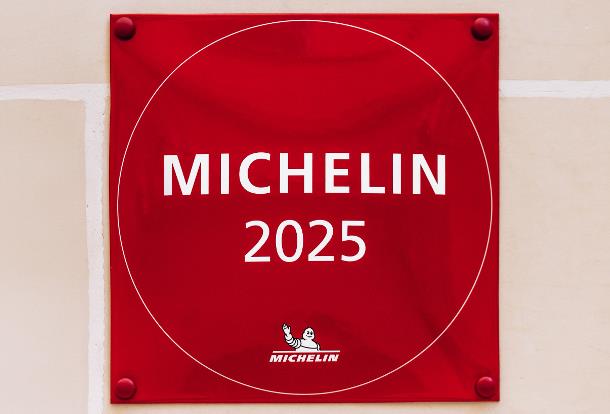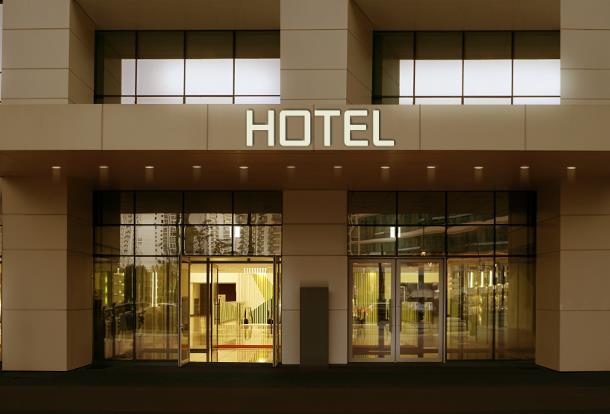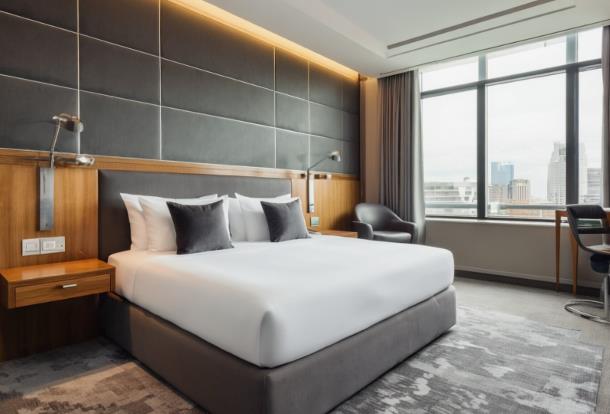ChinaTravelNews, Ritesh Gupta - Hotel companies are looking to enliven their respective hotel portfolios with amenities and design that incorporate lifestyle and social elements of today's consumer.
This raises several interesting questions:
• Is maintaining a standard, i. e. uniformity in designing, must for properties in different locations?
• Is retailing all about making the most of every space - like every inch?
• How to work with designers?
Guest experience first
Providing an insight into these issues, Leo Liu, President of Wyndham Hotels & Resorts in Greater China told ChinaTravelNews.com that having a good understanding of the overall guest flow is fundamental to high quality customer services, "which we always commit ourselves to".
"With the increasing number of requests from modern travellers for social and lifestyle activities, Wyndham Hotels & Resorts is also keeping up with the diversified needs at the property level while maintaining our brand standard," mentioned Liu, a speaker at the ITB China Conference being held in Shanghai.
Liu cited the example of Wyndham Grand Qingdao.

Leo Liu was speaking at the ITB China Conference
"It is a classic example of how a hotel of Wyndham was built to cater modern lifestyle (s)," he said. One of the highlights are rooms - not only has elegant and warm guest rooms, but also features themed rooms for kids.
"We believe that if our hotel experience is good, guests will acknowledge and recognise our brands. Brand elements and signature characteristics should only be applied to the design when appropriate, without compromising the comfortable pleasant stay. By doing that, the brand would in fact leave a deeper and more unforgettable impression on our guests," said Liu.
Understanding the audience
Every brand targets a specific audience and designing needs to be based on the same.
For instance, OYO China referred to the use of Toutiao (a news and information content platform) and 15-second streaming app, Douyin.
"China is a country of young, aspirational people. With the advent of Toutiao and Douyin, we see young people use and prefer new-age aspirational design elements and OYO plans to cater to this new evolving consumer trend. We continue to see the rise in demand for chic but value experiences for the last volume of 300 million- strong middle income group in China," shared Sam Shih, COO, OYO China.
OYO plans to bring a distinctive experience especially with Weixing (WeChat) based check-ins, food order in room, entertainment from streaming service in a lot of OYO properties.
"Our goal is to provide select but the most relevant and best value adds to our customers in prices starting at 99 RMB," shared Shih.
Interestingly, in a recent interview with ChinaTravelNews.com, Keith Barr, CEO of IHG, highlighted that there is a difference between established hotel chains and companies like Airbnb and OYO. While IHG has invested heavily to ensure a consistent guest experience, from hotel design to procurement of amenities and furniture, Barr noted that there is “no consistency” in relatively younger accommodation organizations.
Huazhu Group, a company with multiple brands in its portfolio, has worked out different designs and amenities for various brands of late. Examples - Hanting offering Niiice Cafe, a fitness facility plus self check-in/-out kiosks and special pillows. In case of Ji Hotel, working on relatively big space in the lobby and featuring a bookstore is a way to form a bond with the guests.
Design approach
Flexibility and standardization aren't necessarily contradictory for certain companies.
Liu said, "We rarely standardize the design for our brand hotels. Normally, we will provide the brand print to our interior designers for their inspiration and reference only, confident that the final design will keep true to the brand’s essence and tone."
Wyndham Hotels & Resorts has 20 hotel brands, each with their own unique style and characteristics.
For example, the interior design of Ramada and Wyndham Grand are more standardised and sleeker, while the designs of Microtel Inn & Suites and Ramada Encore have more emphasis on their unique characteristics.
"Some of our hotel brands, in order to meet the aesthetic expectation from our customers, will incorporate local cultural elements in their design on a case by case basis. Being an international hotel group, fully localised designs may not align with our business philosophy. We trust that our designs not only show respect for the local culture, but also display our international perspective to every customer," stated Liu.
"Whenever our brand is designing and planning for a new hotel, we will lay out all functional elements in a practical and efficient, yet creative, direction," said Liu.
"Sometimes we purposely create angled components and/or lines with the aim of creating a stronger visual effect. The use of lighting and colours also plays a vital role in hotel design. In fact, in our design perspective, we don’t suggest overwhelming every inch of space completely. Often leaving some blank spots is the most aesthetic approach, while also delivering guests a sense of luxury. One important aspect is to have a strong overall theme, and carry this through to some forgotten corners," concluded Liu.




